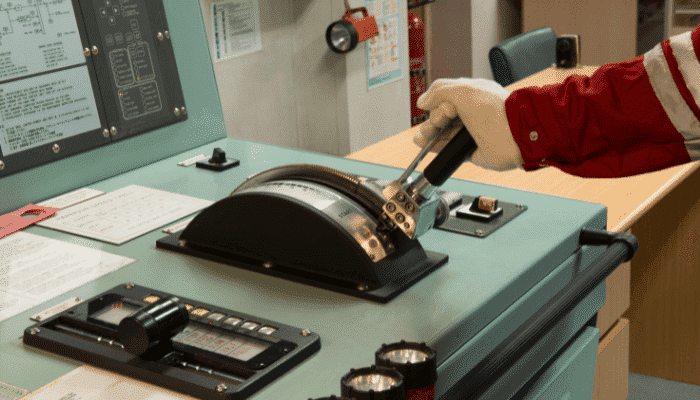

“Crash” word is generally used to describe some kind of accident or damage when one object slams into another. However, in the shipping world, when the word is combined with the term “manoeuvring”; it becomes a procedure which is performed to avoid any kind of collision or accident.
In a sea going vessel, unlike land transport, there are no brakes that are provided to stop the ship when needed. The stopping of the vessel is done by reversing the rotational direction of the Main engine and thereby the propeller. This stops or reduces the speed of the vessel heading towards the collision course.


The crash manoeuvring is usually done to avoid any type of collision or crashing of ship to any other ship or structure (Jetty, land, Iceberg etc). In this type of manoeuvring the main engine is subjected to severe stress and loading, but the safety of ship and life is assured.
Crash manoeuvring is turning the engine in opposite direction to reduce the heading speed of the ship. After certain time, the ship stops and starts streaming in astern direction. This is done by supplying starting air at about 30 bars from the air receiver to the engine. The stopping air is known as the brake air.
The brake air when sudden injected inside the engine cylinder, will try to resist the motion of the piston and the rotation of the crankshaft and propeller.
Following Procedure is to be followed when a navigational officer calls engine room and says that we have to stop immediately to avoid collision
You may also like to read-What are the Essential Requirements for Unattended Machinery Space ?










We believe that knowledge is power, and we’re committed to empowering our readers with the information and resources they need to succeed in the merchant navy industry.
Whether you’re looking for advice on career planning, news and analysis, or just want to connect with other aspiring merchant navy applicants, The Marine Learners is the place to be.